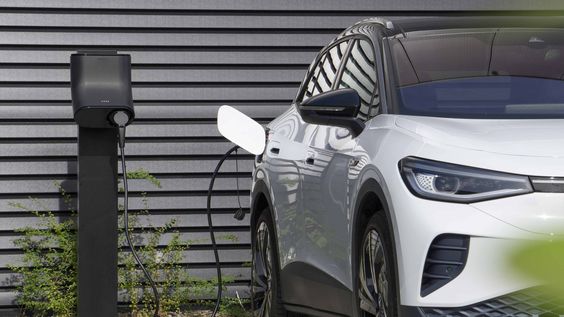Switching from an internal combustion engine (ICE) car to an electric vehicle (EV) typically results in lower maintenance costs. As time progresses, these costs are expected to decrease further as materials become more economical and technical assistance becomes less specialized. With the rapid expansion of charging infrastructure and EV maintenance costs already undercutting those of gas-powered vehicles, it becomes increasingly evident that EVs represent the future of the automotive industry.
Why EV Maintenance Costs Are Lower
EVs have lower maintenance and repair costs primarily due to their significantly reduced number of moving parts. A typical internal combustion engine (ICE) vehicle contains over 2,000 moving parts in its drivetrain, whereas an electric vehicle typically has around 20. This means EV drivers avoid expenses such as frequent oil changes (typically every 5-7,000 miles), coolant flushes, air filter replacements, and the replacement of spark plugs, drive belts, hoses, mufflers, and distributors. They also don’t need to worry about the expense of replacing a stolen catalytic converter, which can cost anywhere from hundreds to thousands of dollars depending on the model of the vehicle.
Additionally, EV owners benefit from lower brake repair and maintenance costs because EVs utilize regenerative braking systems. These systems use the electric motor to assist in braking, thereby reducing wear on brake pads and calipers compared to conventional braking systems.

Plan for these costs
You’ll still need to maintain certain systems that are similar for both EVs and traditional gas vehicles. For instance, shocks and suspension components are prone to the same wear and tear in both types of vehicles, and tires on EVs may wear out faster due to carrying heavier loads and experiencing rapid torque.
Regular servicing is also essential to monitor the performance of electronics (including software, switches, and sensors), HVAC systems, and power steering.
Contrary to common belief, battery maintenance and replacement are not as critical as some EV skeptics argue. EV batteries generally have a longer lifespan and degrade slower than commonly perceived. Typically, an EV battery retains operational capacity for around 10 years and can endure 1,500 to 2,000 charge cycles, which surpasses the standard 8-year or 100,000-mile warranty coverage. However, there are ongoing expenses related to battery maintenance, such as coolant replenishment, health diagnostics, battery management system software updates, and charge port upkeep.
While replacing an entire battery pack can be costly, ranging from RM 200 – RM 2000 depending on the model, it’s seldom necessary to replace the entire pack.


How to Minimize Running Costs
Just like any vehicle, prioritizing preventive maintenance is more cost-effective than dealing with repairs later on. Your vehicle manufacturer provides a recommended maintenance schedule for different components and systems, which should be followed diligently.
It’s also crucial to maintain your tire pressure within the recommended range, especially considering the additional weight EVs carry. Proper tire inflation not only improves charging planning and reduces range anxiety but also enhances overall efficiency.
Regarding charging, it’s important never to fully deplete your battery. While not as harmful as running out of gasoline for an engine, fully discharging a battery isn’t beneficial and may incur additional costs for assistance or towing. Fortunately, you’ll receive ample warnings, such as entering “turtle mode,” before reaching a critical low charge.


